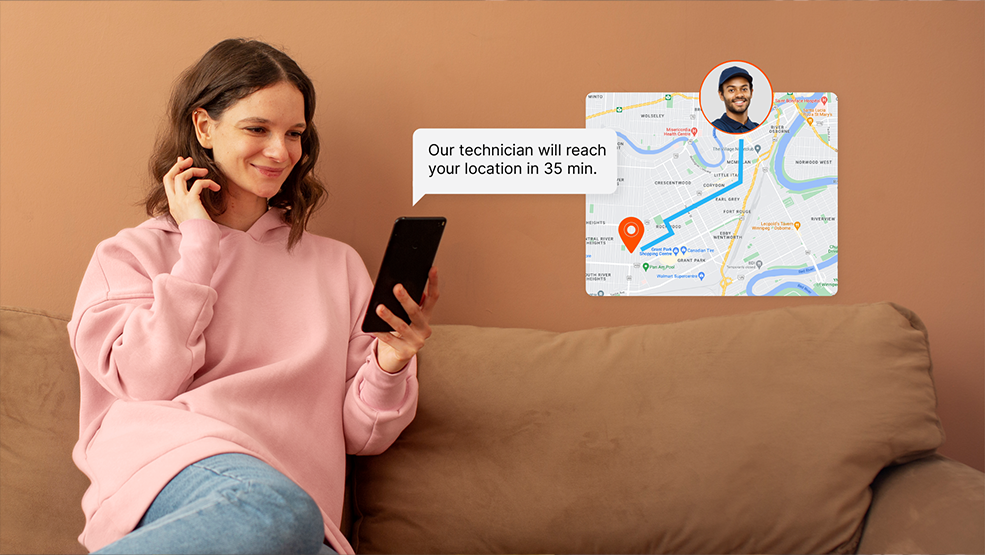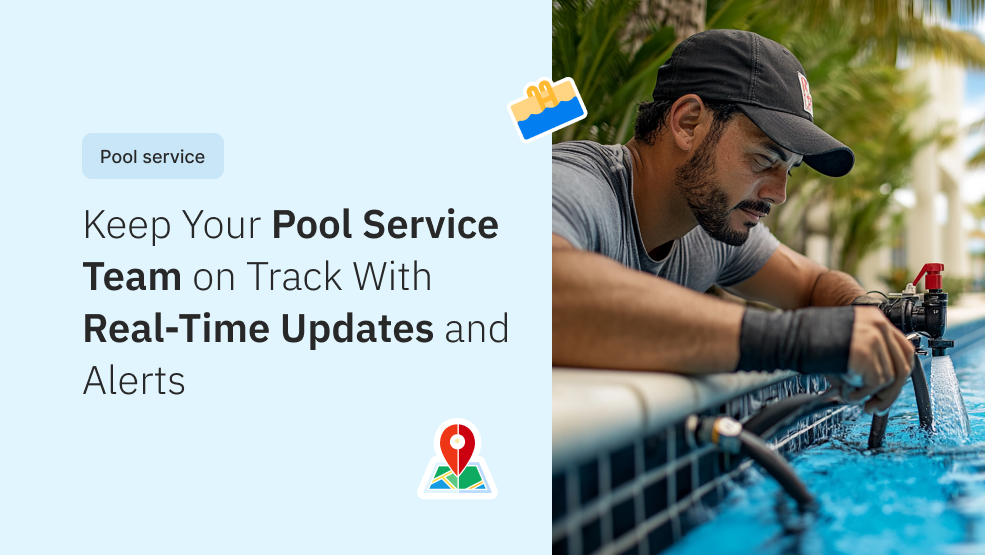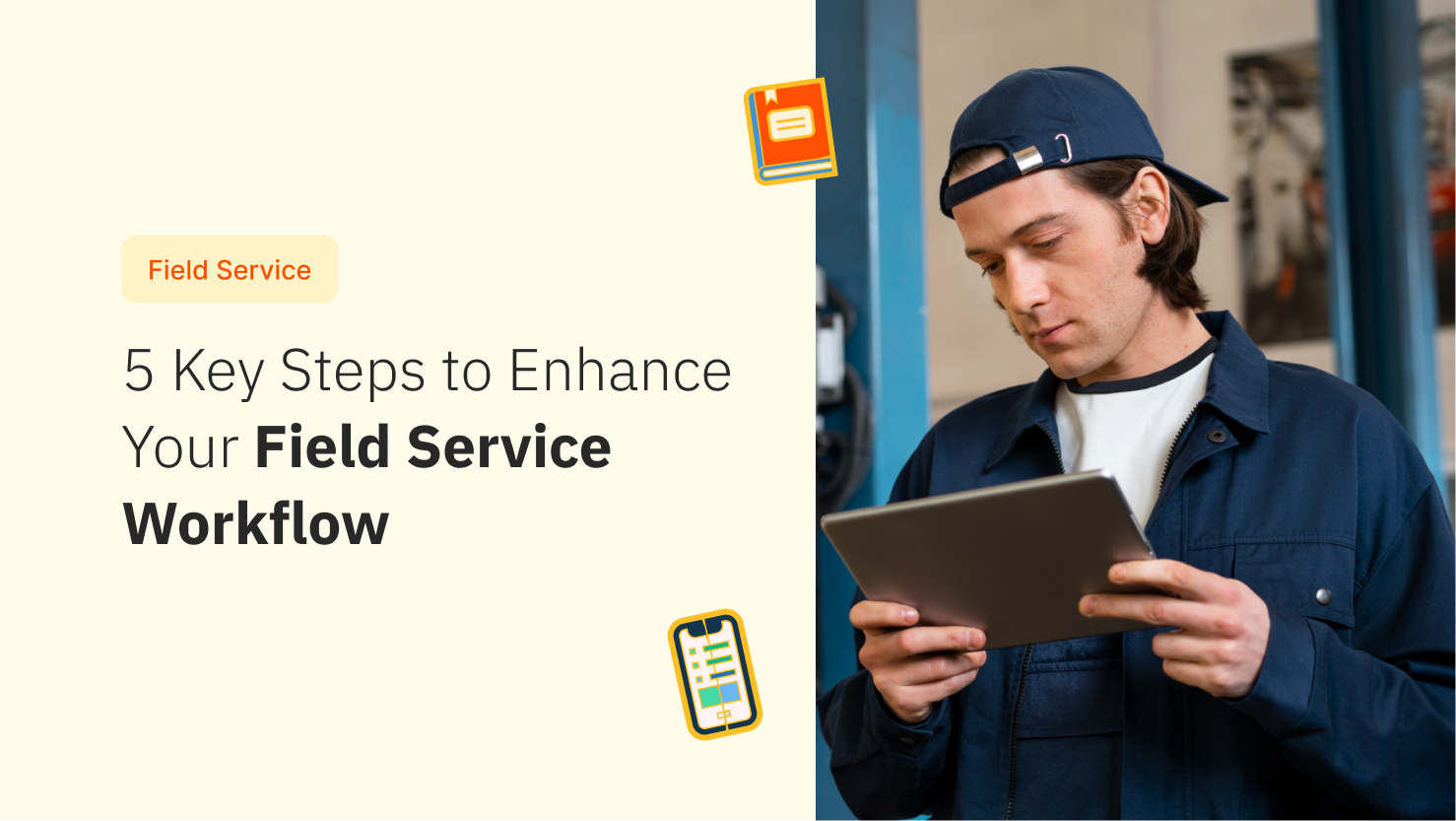Recently, Uber started becoming the facto example of end-user experience and a common term to describe an easy-to-use online service. You can even see people using ‘uber-like experiences’ to describe using a mobile app to order online or monitor their delivery.
Do you remember the last time you booked a ride to the airport with a taxi company? Feels like ages already. Around 23 million Uber rides are booked every single day in 70 different countries.
Uber has made a remarkable impact on the transportation space and has significantly influenced the peer-to-peer operational model of the on-demand service sector. In this article, we’ll learn how field service businesses can tap these opportunities to deliver a Uber-like experience. Before that, we’ll learn what an “uber-like” experience is.
What is an uber-like experience?
The uber-like experience is a term used to describe the seamless automation and transparent experience that Uber provides.
Uber has eliminated needing to wave for a cab by seamlessly connecting drivers with waiting customers. By optimizing the route taken and providing an estimate of the time it will take, Uber has removed the worries of customers about getting to their location on time. Additionally, by standardizing their pricing throughout their platform, Uber has minimized the risk of charging customers the incorrect fair—leading to less anxiety and more return business.
Uber has changed the behavior of millions of people, transforming a number of industries in the process. Now people expect instant responses to service requests. With the increased convenience brought by Uber, people now expect more from on-demand services.
If Uber can satisfy its demand for instant service in the consumer market, we can deliver it in the field service industry too, and here is how.
How field service businesses can deliver an Uber-like experience
Field service businesses need to make their customer experience a priority. By making sure that each touch point with customers is a positive experience, field service businesses ensure that their customer experience is memorable—elevating them above their competitors. Here’s how you can revamp your field service experience and give Uber a run for its money.
Creating hassle-free customer service requests
Gone are the days when booking and keeping track of service requests was a nightmare. Now you can just pull out your phone and tap a few buttons to book a request. Most FSM businesses have enabled users to effortlessly create a service request from the convenience of their mobile devices or websites.
What’s more, requests from your CRM or help desk application can be converted into work orders instantly. Now your back office staff can easily manage, monitor, and automate work orders and assign the right field service technician to the right task, reducing operational delays and avoiding scheduling conflicts.
Increasing real-time visibility and transparency
Think back to a time when you had no idea where your field technician was. It was worrisome. But, that can all be a thing of the past; you no longer need to worry about when your technician will arrive. As soon as your field tech crosses a geo-fenced location, Zuper will send you an ETA alert with a live-tracking link, providing a sense of assurance and visibility.
When your field technician travels to the customer service location, your field service software keeps your customers informed with ETA alerts and job status updates, even if they are not present at home during the service visit.
Improving technician efficiency and productivity
No more wasted time for your technicians searching for specific addresses, which can impact their estimated time of arrival (ETA) and put your service level agreements (SLAs) at risk. Zuper’s route optimization feature helps your field workforce reach service locations promptly and reliably, eliminating delayed visits and keeping your customers satisfied.
Equipped with the Zuper Mobile App, technicians can view service history; previous jobs; customer data; assets; existing contracts and improve first-time fix rates. Global search makes it easy to find what you are looking for, and an in-app chat allows for collaboration with back-office staff and supervisors.
Automating estimate and invoice generation
Mistakes are bound to happen, especially when dealing with pen and paper or spreadsheets. The nature of field service work involves last-minute add-ons that may require changes to estimate and invoice values. Handling invoices and estimates manually only increases the likelihood of errors and inaccuracies.
Regardless of the job, today’s customers prefer an accurate estimate of the cost upfront. A field service management platform can help you customize estimates and invoices and make necessary add-ons at any stage. Being able to provide your customers with accurate and up-to-date invoices can speed up the payment cycle, improving your cash flow.
Streamlining work order management
In this digital era, manual implies ‘old.’ Managing field operations manually creates a series of challenges. Consider a process that involves hundreds of work orders, and you manage all of them with paper; half of your work orders will probably be lost. Automating your work order management can reduce manual intervention, eliminate double entries, and increase accuracy.
Using a centralized system can help prioritize work and streamline field operations, enabling you to save money, time, and resources. Deploying the right technician to the right job will be much easier, and the FSM platform will help make sure they are up-to-date with the latest information, allowing them not just to be on time but prepared as well.
Offering contactless payment options
COVID and the decline in business activity have made online payments a necessity. Digital and contactless payments were seen as a convenient way to meet this need. Contactless payments make the payment experience easier for both parties involved. You no longer need to chase after customers for overdue payments; now, you just send a payment request and enable your customers to complete the payment from anywhere.
Collecting timely customer feedback
How would you rate your ride? That’s something you’re asked every time you take an Uber. Feedback is a mandatory part of every growing business. It lets you understand your customer’s expectations and how well you satisfy them.
Customer feedback gives you insight into how your technicians performed, what went well, and what could be improved. Based on the information collected through these surveys, you can implement strategies that improve customer experience and foster a customer-centric approach.
A field service management platform can help you collect feedback directly from your customer and understand what they expect from you. Once you know where you are falling short, you know where to focus your improvement efforts.
Conclusion
On-demand services like Uber have raised the standard for service delivery. Today, modern field service businesses need to deliver a higher quality of service if they are to meet the growing demands of their customers.
With field service management platforms, businesses can reduce operational delays, resolve scheduling conflicts, and empower field technicians to deliver Uber-like experiences to their customers.
Zuper field service management software helps you to meet expectations and deliver exceptional service and ensure a highly satisfied customer. To learn more about Zuper, Schedule a demo now.






